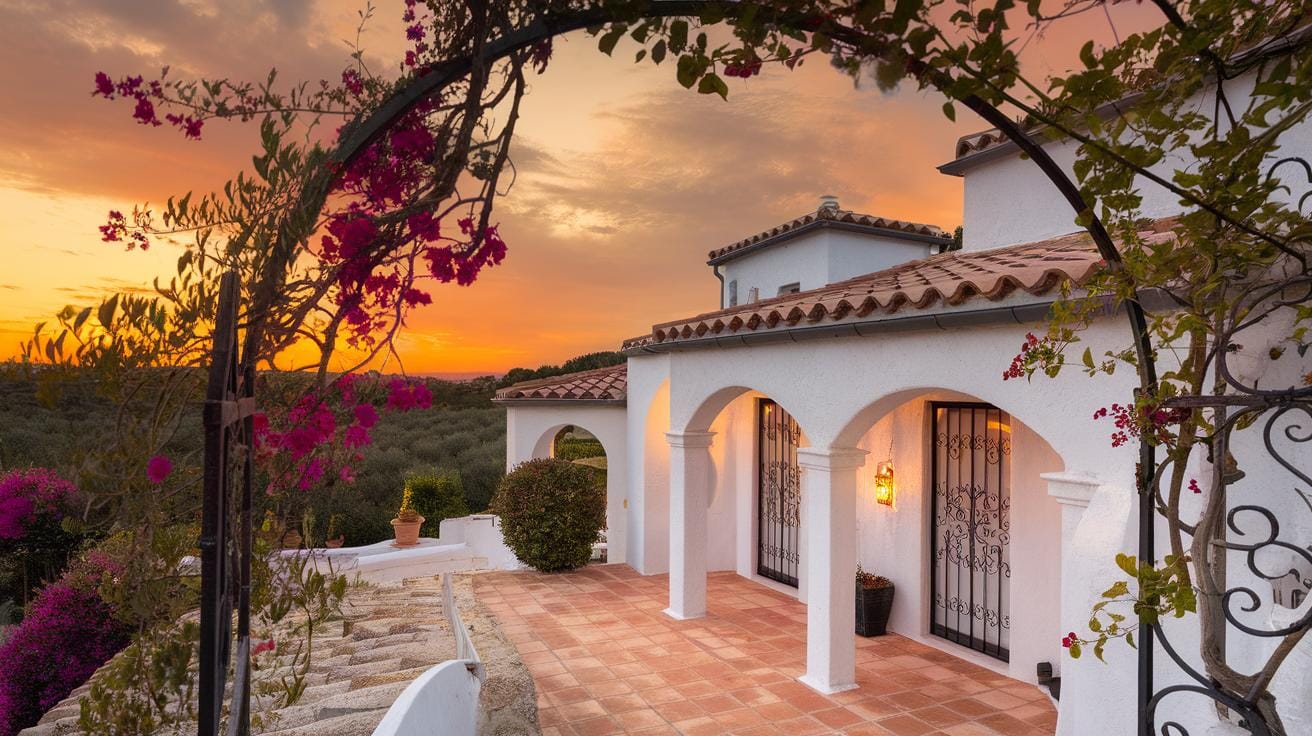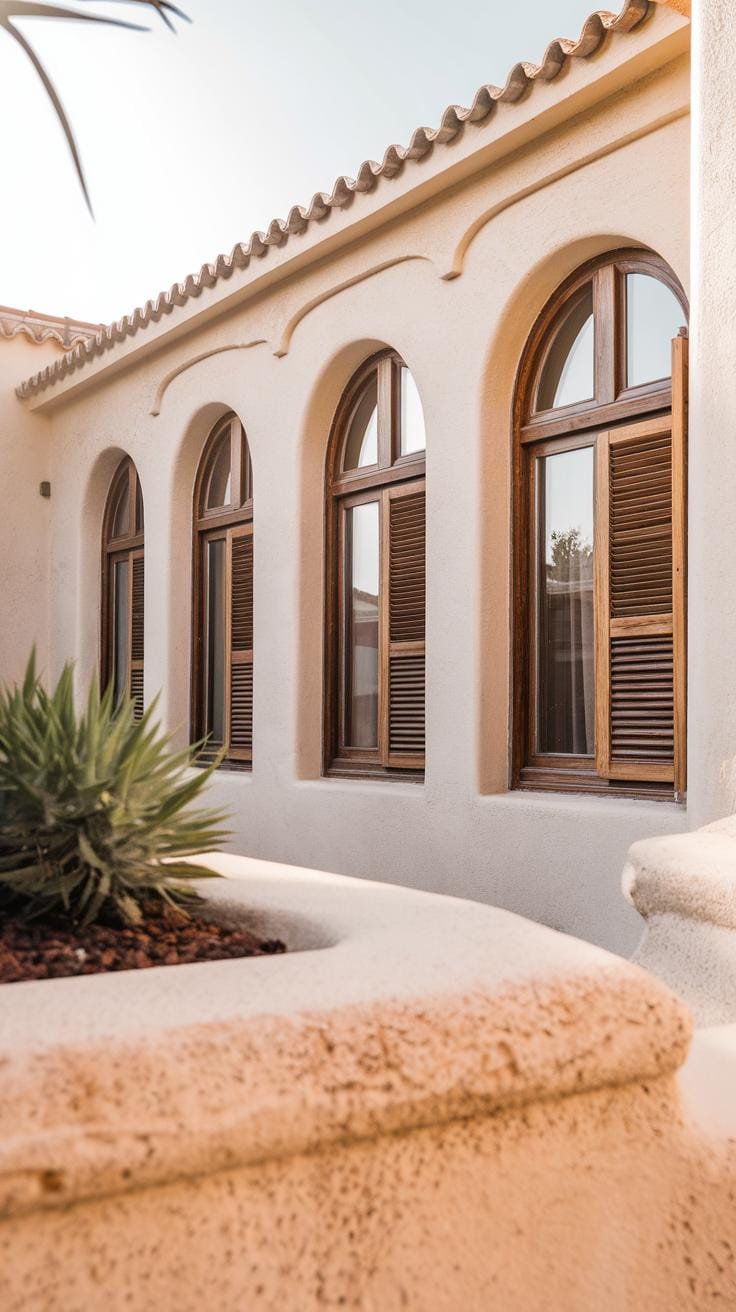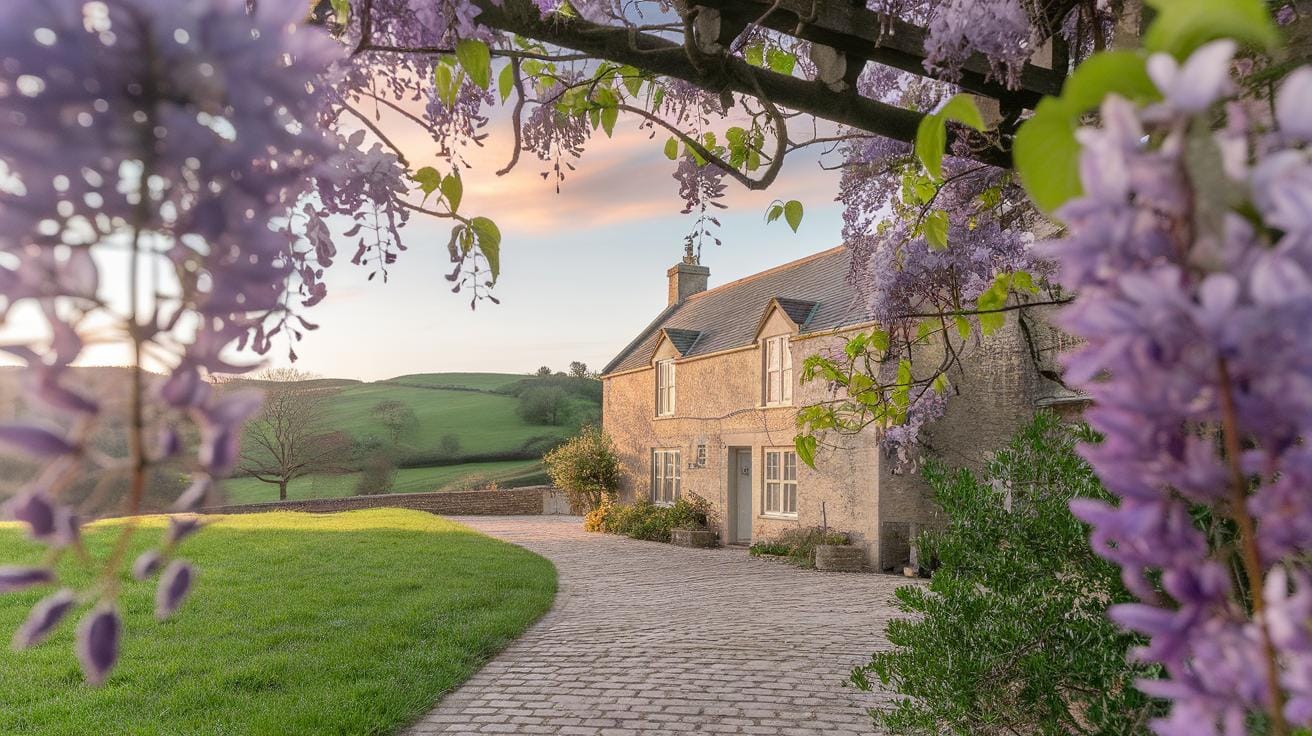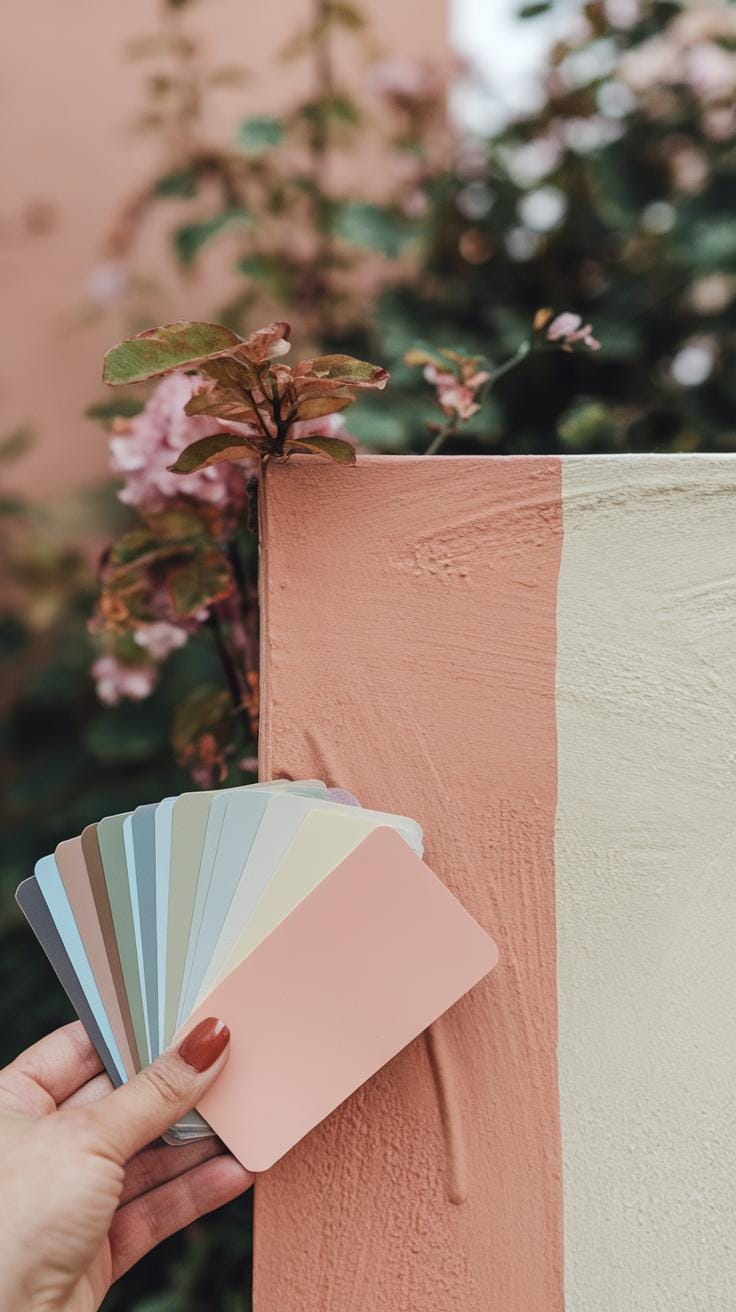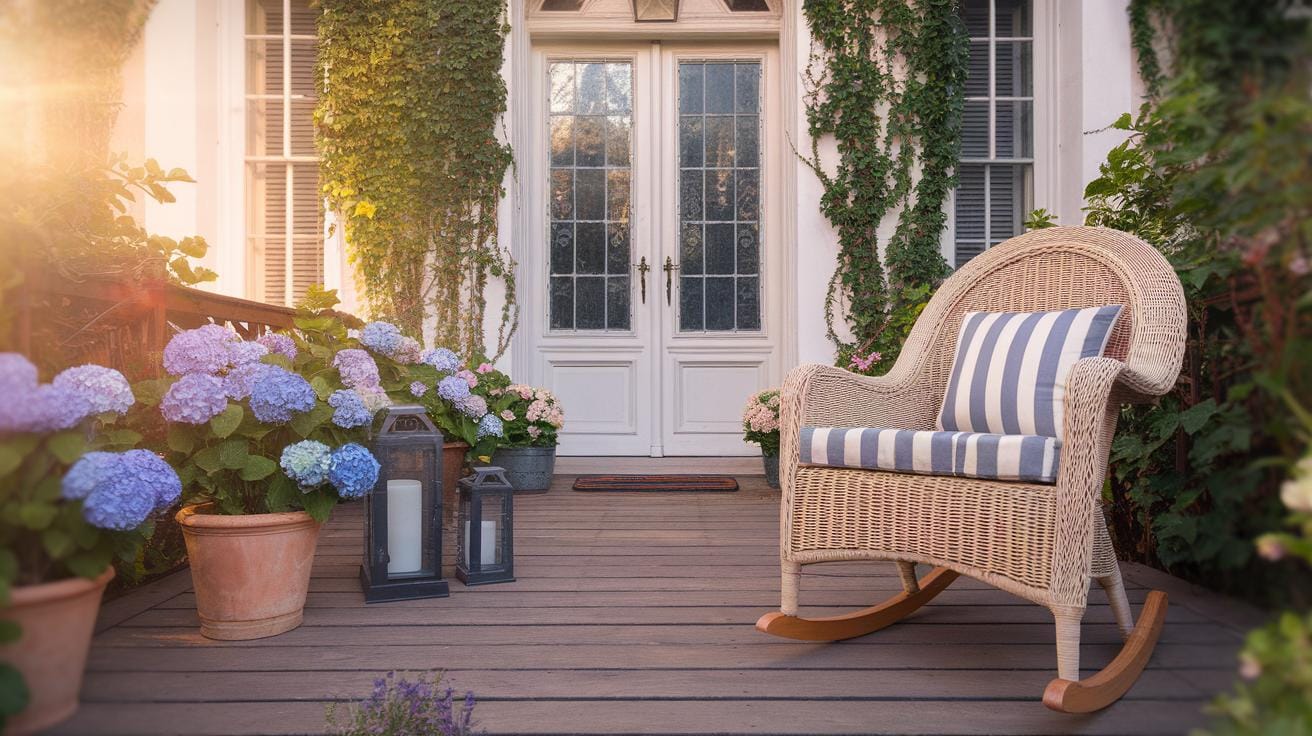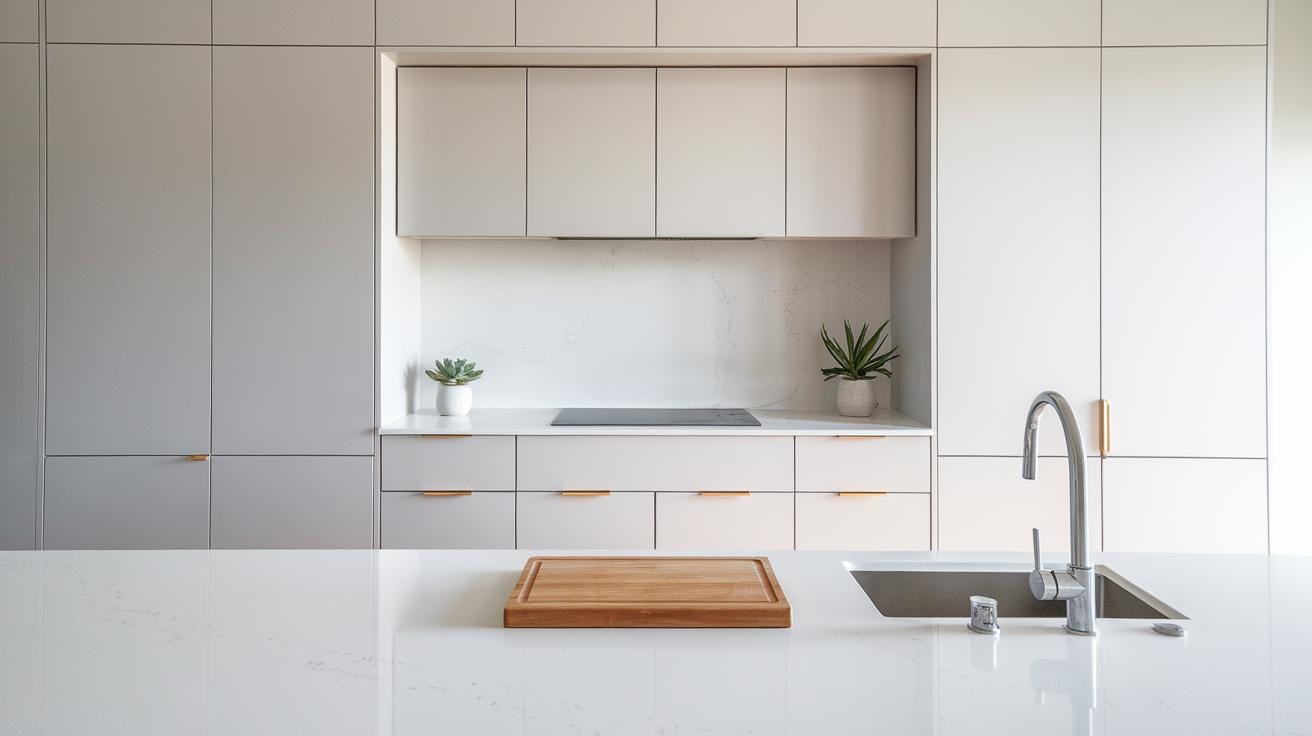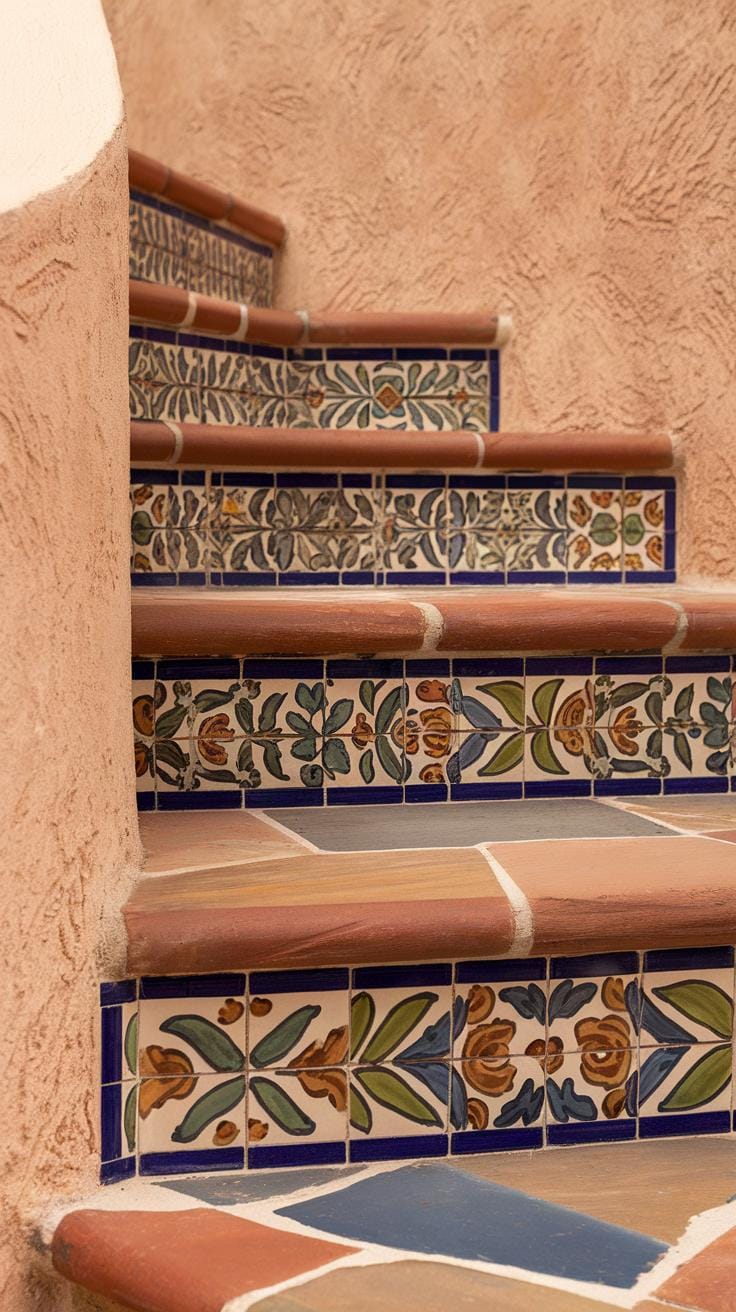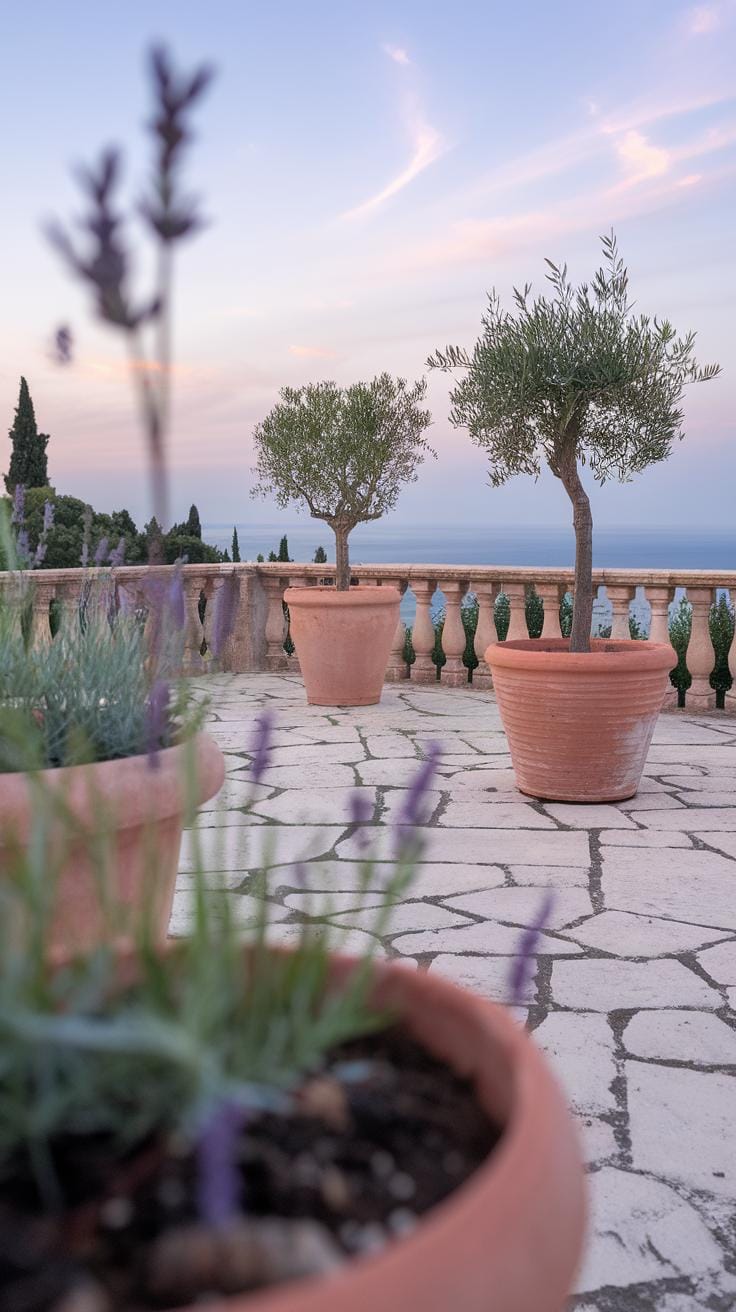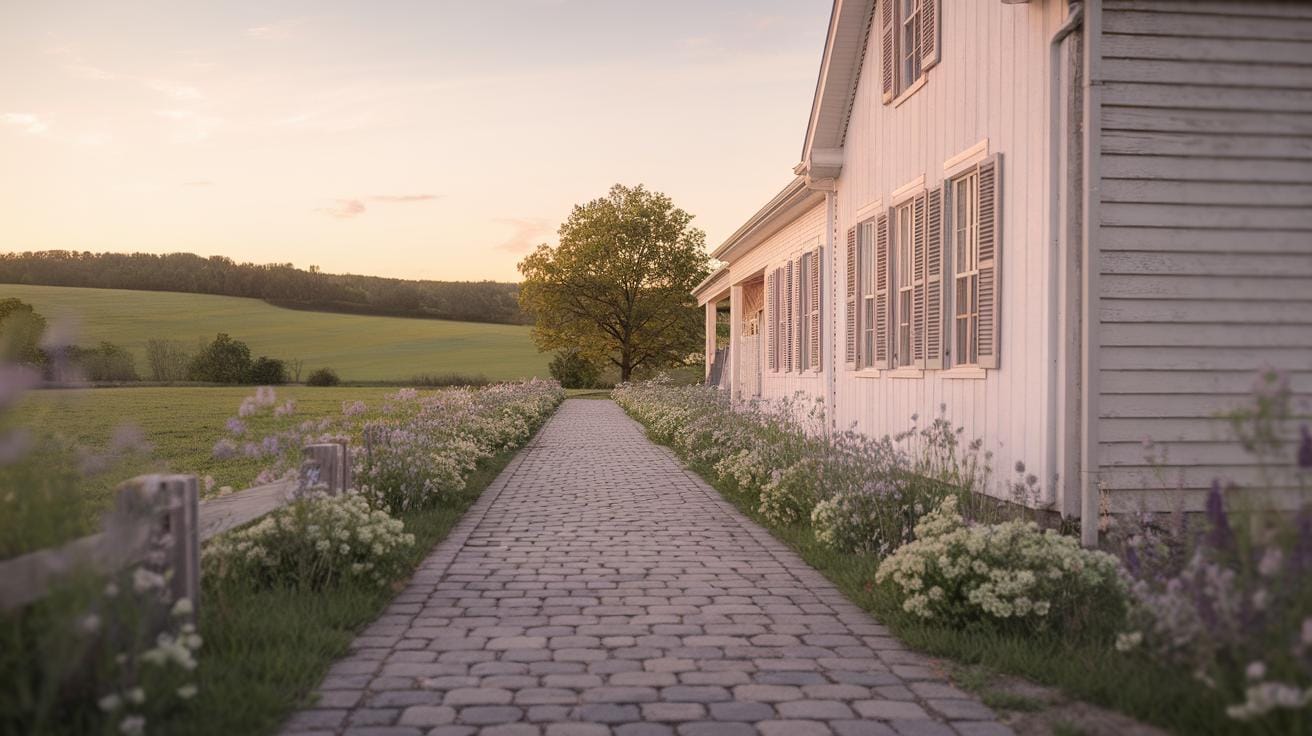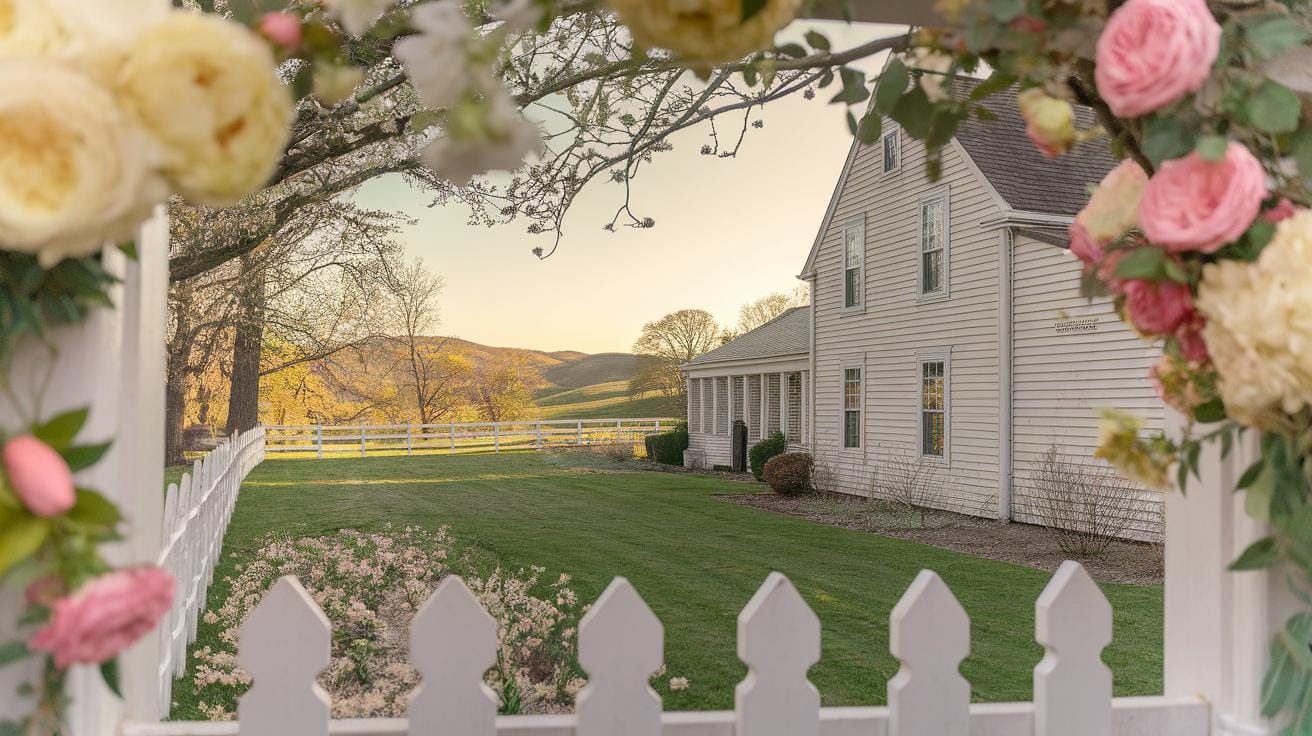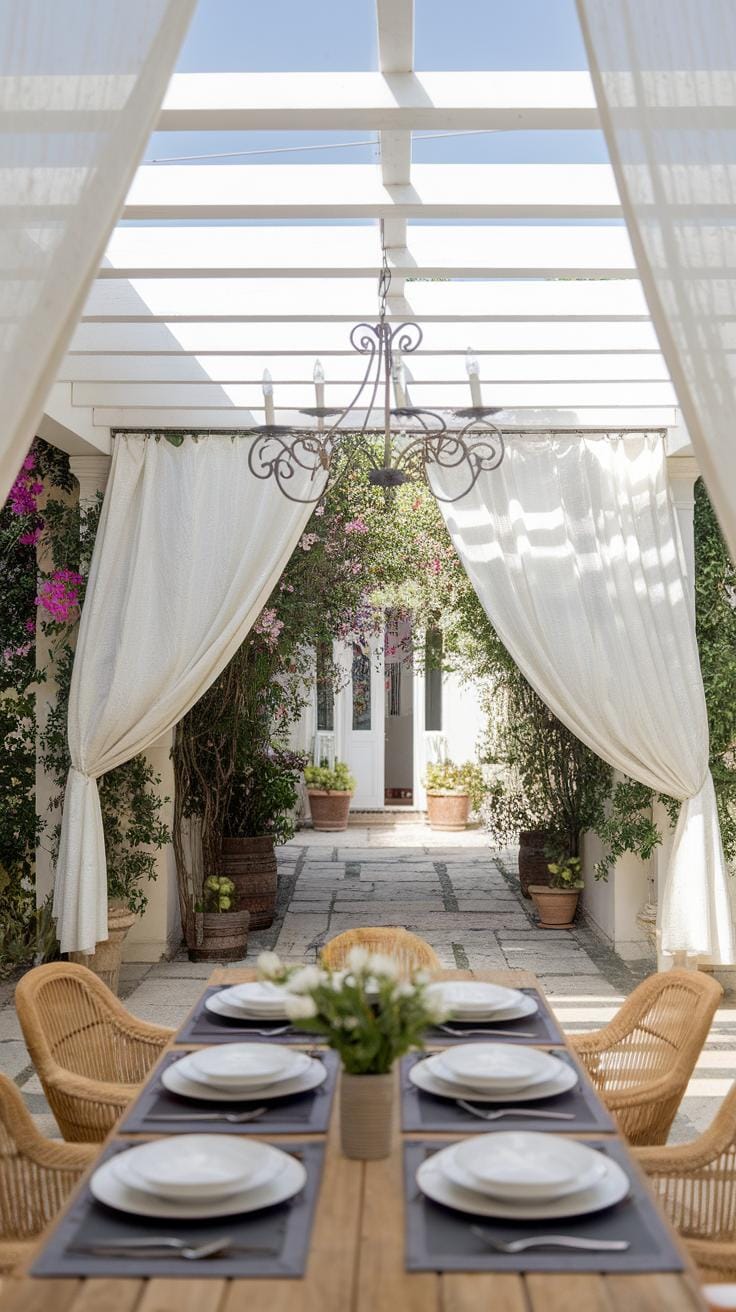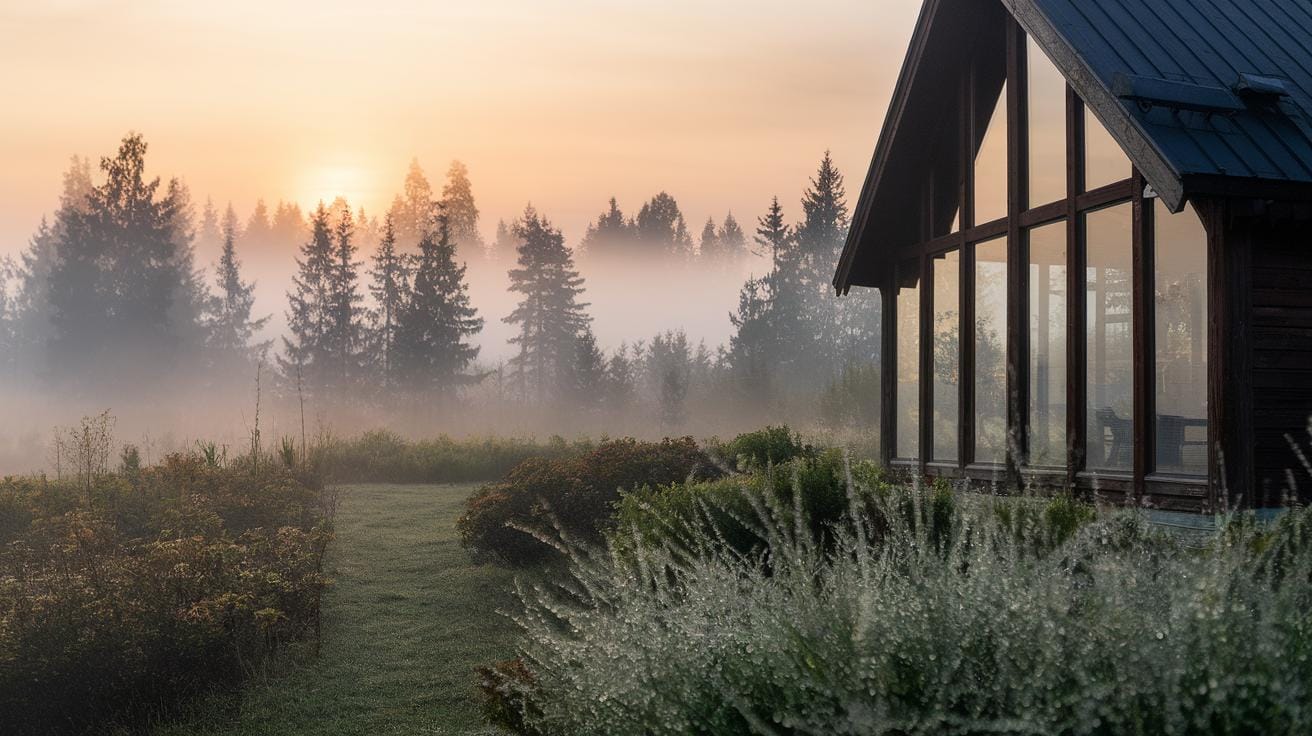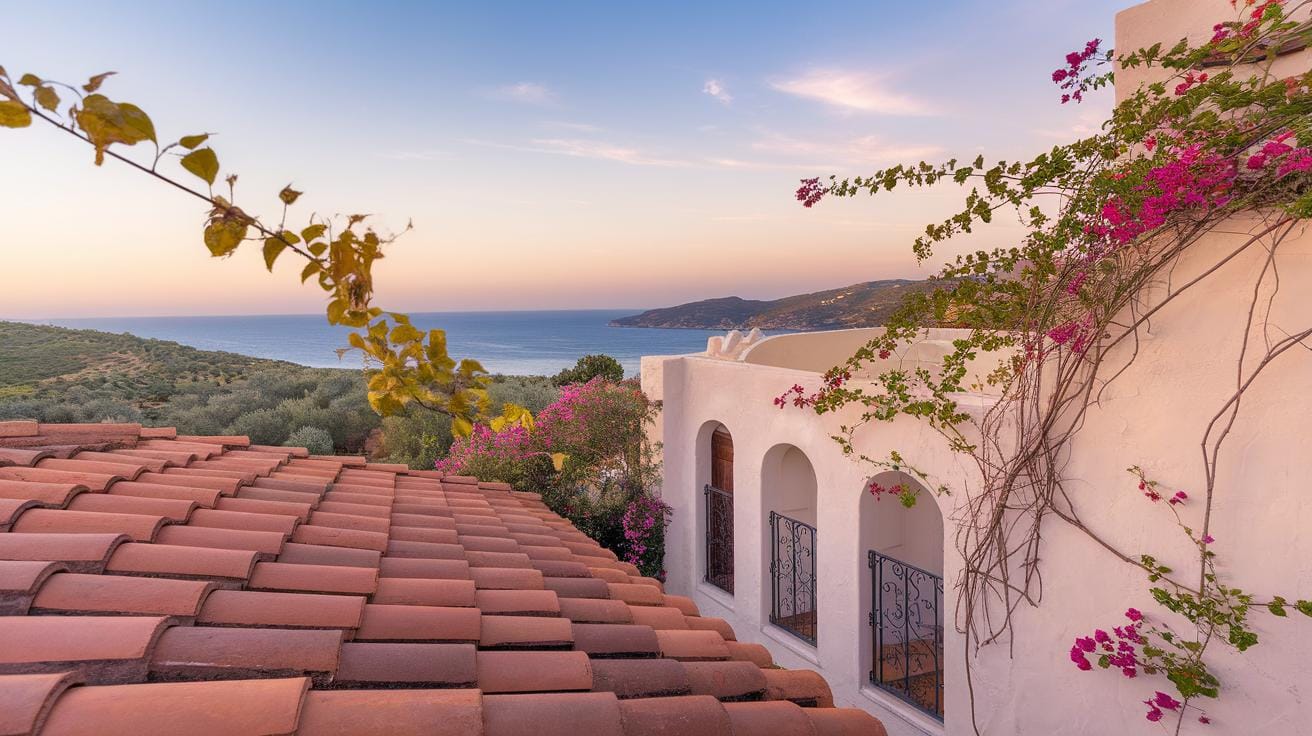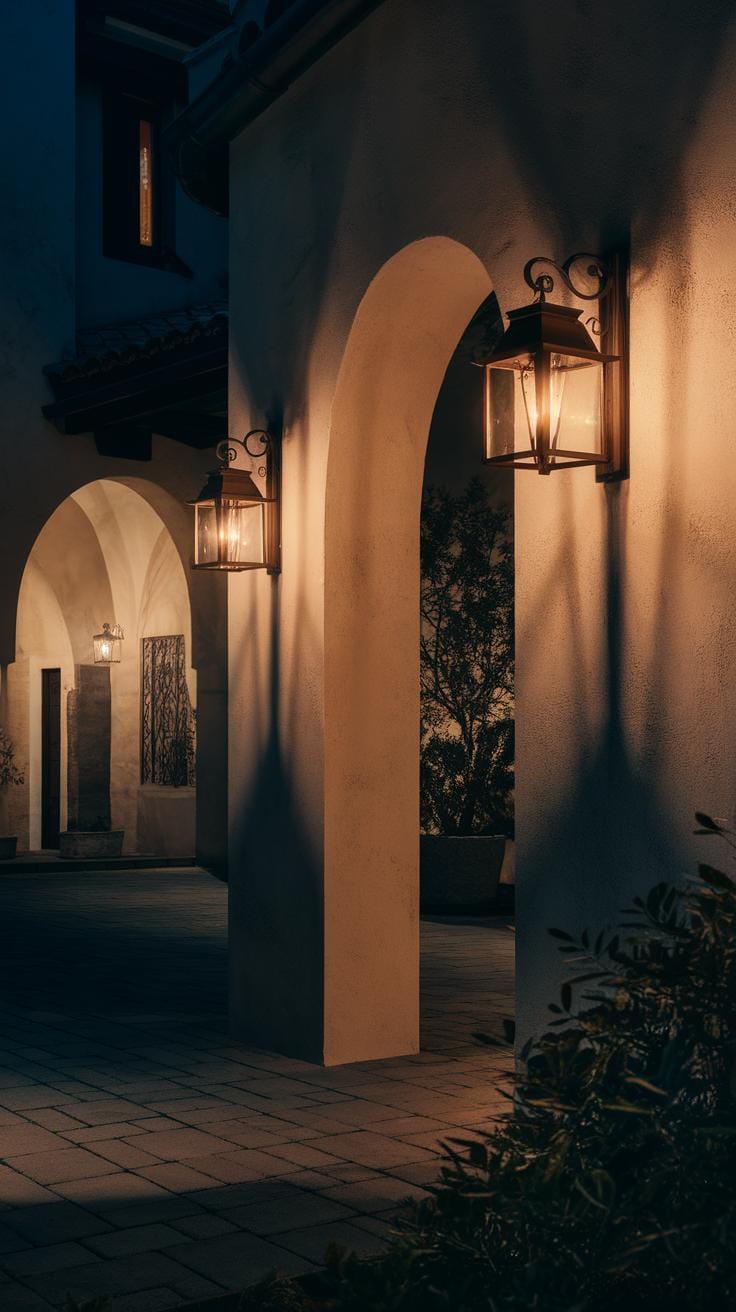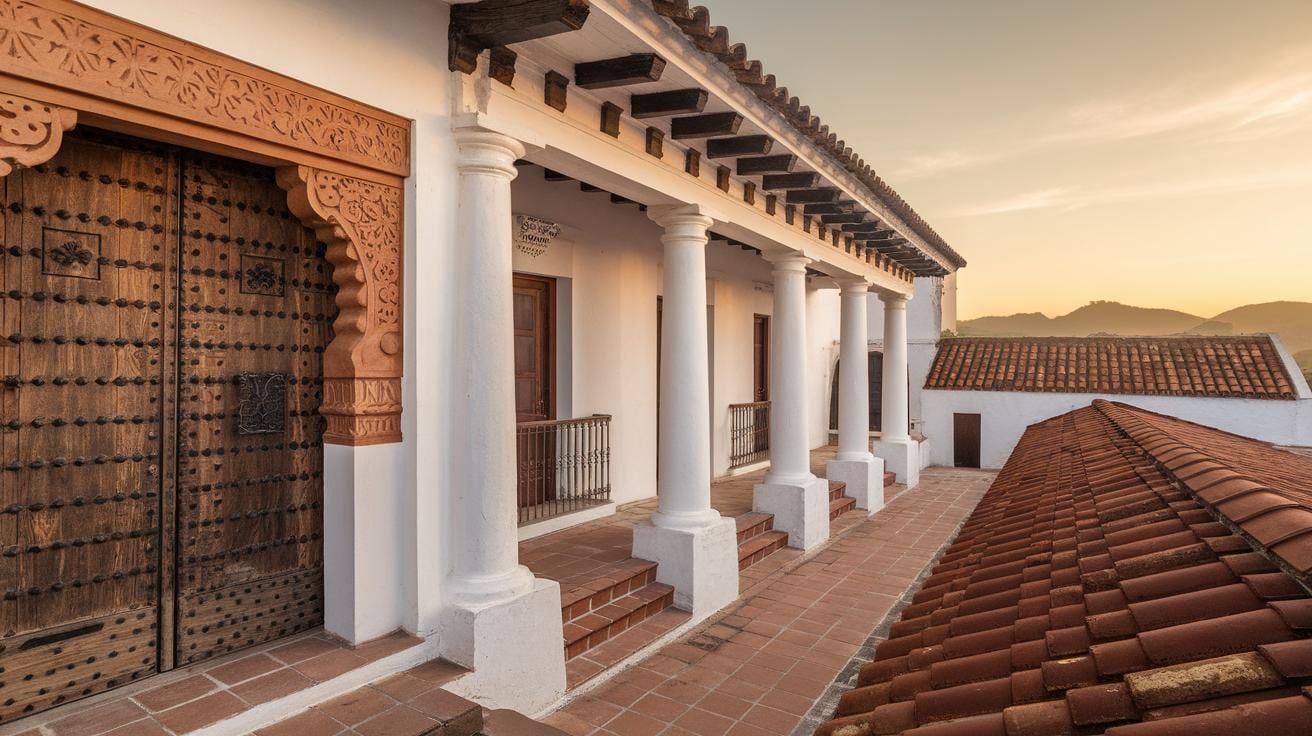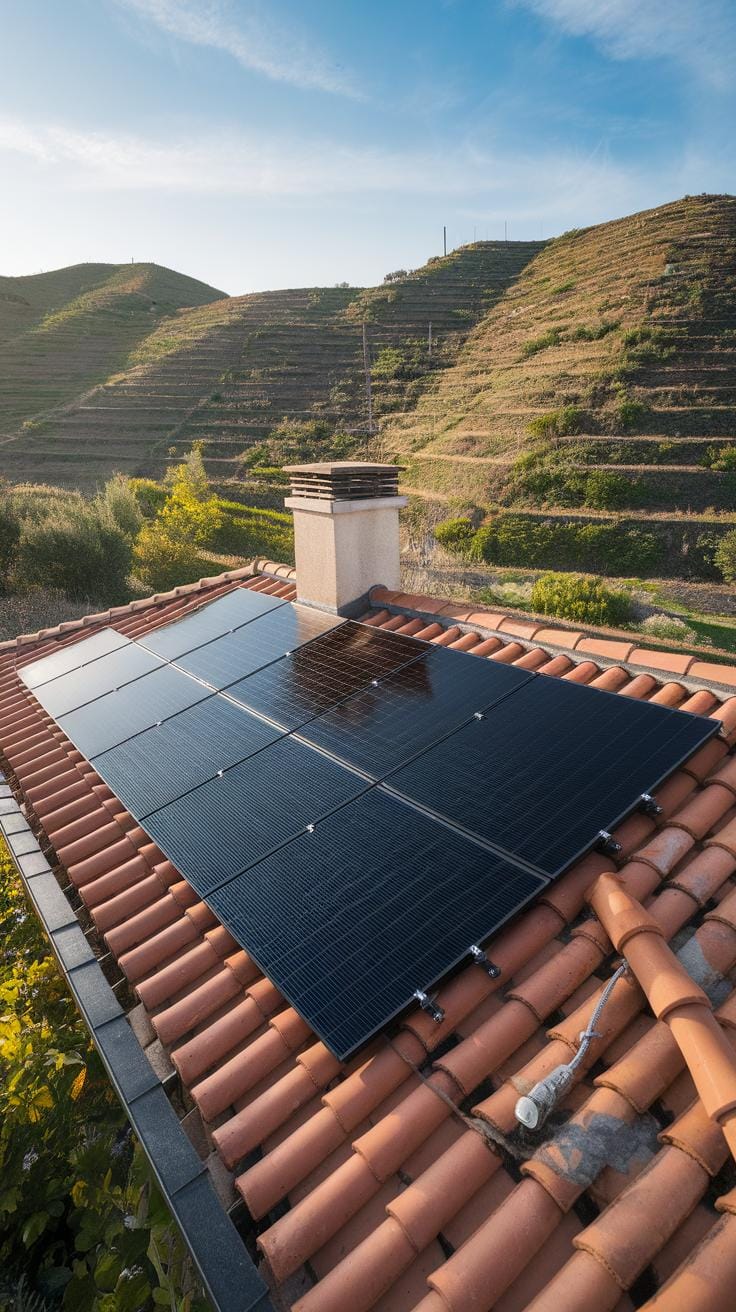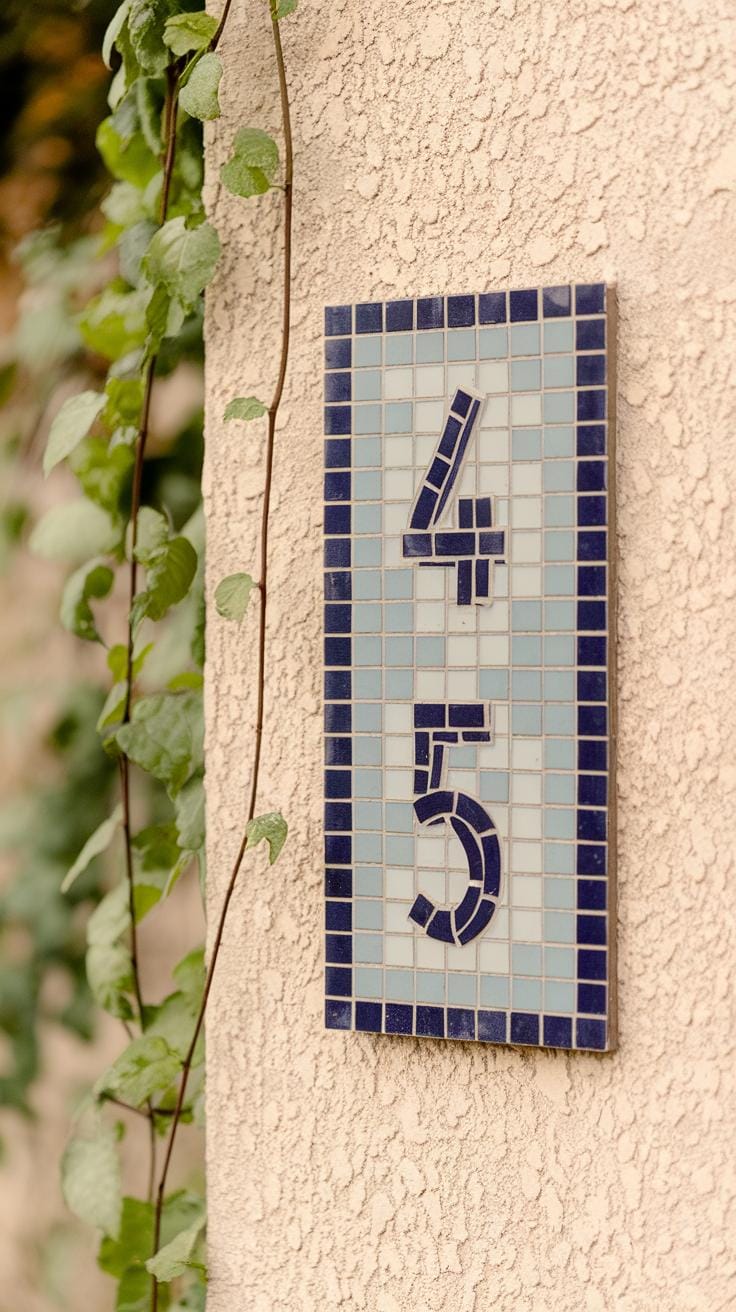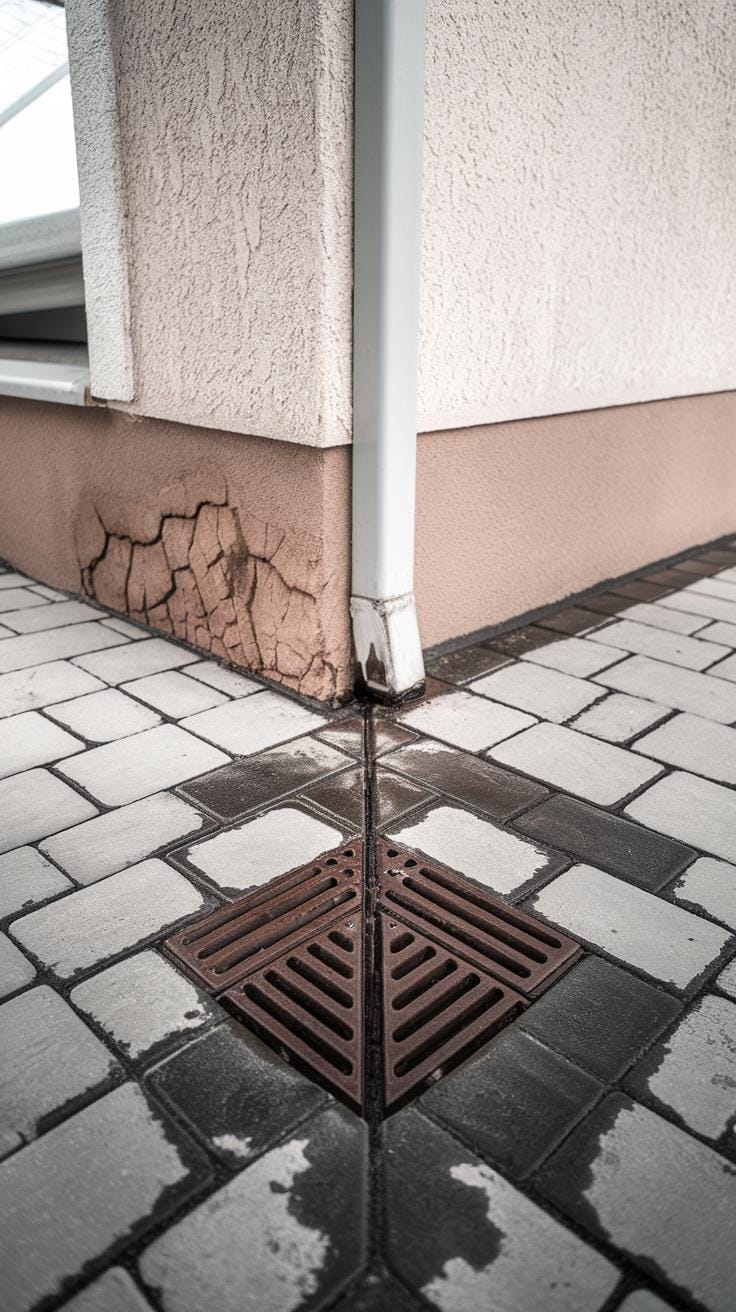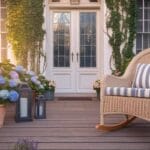Introduction
Mediterranean style homes have a unique charm that blends traditional architectural elements with modern living. Their exterior design often features stucco walls, red tiled roofs, arched windows, and wrought iron accents. These elements come together to create homes that are both elegant and inviting. You may wonder how to bring this style into your own home exterior effectively.
This article explores practical ideas for enhancing the exterior of your Mediterranean style home. You will learn about architectural features, color schemes, landscaping options, and materials that complement the style. Whether you are building a new home or renovating an existing one, the following insights can guide you in creating a beautiful and authentic Mediterranean exterior that suits your lifestyle and tastes.
Key Features of Mediterranean Style Exteriors
The look of Mediterranean homes comes from a combination of distinct architectural features. Their shapes often include low-pitched roofs with wide eaves and simple, rectangular forms that promote airflow and shade. These homes typically use natural materials that blend with their surroundings. Stone, clay, and wood are common components. The design balances solid walls with open spaces like courtyards and terraces, promoting outdoor living.
Most importantly, Mediterranean exteriors focus on harmony between function and style. Every element serves a purpose, such as thick walls that keep homes cool during hot summers. You might notice how these features encourage both comfort and beauty. Have you considered how this balance could work for your home? Using these principles can help you create an inviting exterior that celebrates the Mediterranean tradition.
Stucco Walls and Red Tile Roofs
Stucco walls stand out as a key part of Mediterranean exteriors. They provide a smooth, durable surface that handles heat and moisture well. This material also allows your home to maintain a steady interior temperature. Pairing stucco walls with red tile roofs creates a classic silhouette that many recognize instantly.
Red clay tiles not only add charm but also reflect sunlight, helping to keep your home cooler. Their shape helps rainwater run off quickly, protecting the structure. When you think about your roof, ask yourself if durability and climate control matter most for your location. Choosing these materials gives your home health benefits and a timeless Mediterranean style.
Arched Openings and Iron Details
Arched windows and doors strongly influence the Mediterranean feel. These curved shapes soften the lines of the home and invite light inside gently. They break the monotony of straight edges and make the design more inviting. Think about adding arches where you want to highlight entry points or important rooms.
Wrought iron balconies and grills also add personality and security to these homes. Their intricate craftsmanship complements the arches and often serves as a focal point. Ironwork can welcome your creativity—choose simple designs for a modest look or detailed patterns for elegance. Would your outdoor spaces benefit from these details that add charm and function? Incorporating painted or rust-finished iron pieces offers both protection and a Mediterranean vibe.
Choosing the Right Color Palette
Your home’s exterior color shapes how people see and feel your Mediterranean style house. Warm, inviting colors suit this design best. Many Mediterranean homes use colors that reflect the coastal regions of Spain, Italy, and Greece.
Think about how your color choices will blend with natural surroundings. A correctly chosen palette makes your house appear grounded and timeless. How do you want your home to feel—calm and earthy or lively and bright? Answering this can guide your palette.
Colors influence the house’s temperature too. Light colors keep your home cooler in hot weather, while darker tones add depth and elegance. Carefully consider how the color works with the home’s size and the shape of its architectural elements.
Earth Tones and Natural Hues
Warm earth tones like terracotta, ochre, and soft beige reflect the Mediterranean landscape. These colors tie your house to the soil and sun around it. They create a calm, welcoming atmosphere that feels natural.
How well do these tones match your location’s climate? In dry, sunny areas, earth colors reduce glare and promote a cozy feeling. They do not compete with the natural environment but complement it. Choosing these shades also helps the home age gracefully over time.
If you want a subtle look, consider olive greens or warm grays. They add variety without breaking the harmony with the earth tones. These colors work well on walls, stucco finishes, and stone accents.
Accent Colors for Doors and Trims
Using bold colors on doors, window frames, and trims can bring focus and charm to your Mediterranean home. Rich blues, deep reds, and dark greens contrast beautifully against neutral earth tones.
Have you thought about reflecting local traditions or personal tastes through accents? Bright cobalt blue doors, for example, evoke the coastlines of Greece, while rusty reds recall Italian countryside homes.
Accent colors should balance with the main body color, not overpower it. Trims allow for subtle pops of color that define architectural details clearly. Such choices help guests notice interesting shapes and textures you carefully designed.
Materials That Enhance Mediterranean Style
Stone and Tile Elements
Stonework and tiles play a key role in strengthening the authentic feel of a Mediterranean home. Natural stone, such as travertine or limestone, brings durability and timelessness to your casa exterior. These materials tolerate weather changes and add texture that simple paint cannot replicate. Using stone on walls or as pathway pavers encourages a connection to Mediterranean tradition. Ceramic or terracotta tiles on rooftops, stair risers, or outdoor kitchens create vibrant accents that catch the eye. Their warm colors and patterns help to break up flat surfaces and provide visual interest. Have you considered how tile choices might influence your home’s personality? Remember, tiles made for outdoor use resist fading and moisture, making maintenance easier in the long run.
Iron and Wood Accents
Iron and wood bring warmth and structure to Mediterranean exteriors. Wrought iron railings, window grills, and light fixtures add craftsmanship and elegance. They combine protection with design, allowing you to express personality while keeping your home secure. Choose iron pieces with simple curves to reflect Mediterranean styles without overcomplicating details. Wood supports doors, beams, and shutters, giving a natural element that softens stone and tile. Cedar or cypress wood ages beautifully in dry climates and offers resistance to pests. How might wood grain and iron designs complement your chosen color palette? Both materials require care—rust-proof finishes for iron and proper sealing for wood—to stay durable. Integrating these materials increases character and function, making your home’s exterior inviting and balanced.
Landscaping Ideas to Complement the Architecture
Choosing the right landscaping can enhance your Mediterranean home’s charm and boost its curb appeal. You want plants and features that reflect the warm, sun-filled regions where this style originates. Start with plants that thrive in dry, sunny climates and need minimal water. Group plants strategically to accentuate stone walls, terracotta roofs, or wrought iron details.
Think about layering textures and heights to create depth and interest. Use gravel or decomposed granite pathways to maintain a natural look. Consider where you want shade or privacy and use small trees or tall shrubs accordingly.
Would adding a water feature or tiled garden bench highlight your home’s unique qualities? Balancing greenery with hardscape elements brings harmony. These touches invite visitors in and give your home a welcoming feel.
Mediterranean Plant Choices
Olive trees stand out for their silvery leaves and ability to thrive in hot, dry soil. They require little water once established and minimal pruning. Lavender offers purple blooms and a pleasant scent. It prefers full sun and well-drained soil. Rosemary suits your garden if you want a herb that is both decorative and useful.
Cypress trees add vertical interest and privacy. They tolerate drought but need space to grow tall. Bougainvillea is ideal for color with vibrant flowers that flourish in full sun with moderate watering. Consider succulents or agave for low-maintenance ground cover that adds sculptural shapes.
How could these plants fit into your yard to reduce water use and maintenance while sticking to the Mediterranean style?
Hardscape Features
Patios are central to Mediterranean exteriors. Choose terracotta or natural stone tiles to keep your space cool and in line with the style. A fountain can become a serene focal point, offering sound and movement that contrast with solid building materials. Opt for simple designs in stone or ceramic that avoid ornate or flashy looks.
Pathways made of flagstone or cobblestones connect outdoor spaces while blending seamlessly with stucco walls and clay roofs. Curved lines soften the landscape and echo Mediterranean garden layouts.
Have you thought about integrating a pergola or covered walkway with rustic wood beams? These add shade and architectural interest while tying together your landscaping and home exterior.
Outdoor Living Spaces That Reflect Mediterranean Lifestyle
The Mediterranean lifestyle values outdoor living that blends comfort with natural beauty. Designing patios, courtyards, and verandas for your Mediterranean home means focusing on spaces that invite relaxation and social gathering. Think about using natural materials like stone or terracotta for flooring to give your outdoor area an authentic feel. Consider simple, low-maintenance plants that thrive in warm climates to keep the space lively without much fuss.
When planning your layout, aim for open areas that flow easily between indoor and outdoor rooms. You want your outdoor spaces to feel like an extension of your home, not just an afterthought. Adding textured walls or rustic wooden beams can create the classic Mediterranean appeal you’re after. How can you make your outdoor spaces more welcoming for family and friends? Keep seating areas cozy yet spacious enough for movement and conversation.
The goal is to create a peaceful retreat that mirrors the Mediterranean way of enjoying life—outdoors, surrounded by nature and simple elegance. What parts of your current outdoor space could transform into such an experience?
Creating Comfortable Courtyards
Designing a comfortable courtyard begins with choosing the right layout. Arrange seating in a way that encourages interaction while leaving enough room to move freely. You can position a dining table near the house and a lounge area farther inside the courtyard to separate functions.
Select furniture built to withstand outdoor conditions, like wrought iron or treated wood, but make sure it feels inviting. Add cushions with bold patterns inspired by Mediterranean fabrics to boost comfort and style. Shade options matter—install pergolas, retractable awnings, or use large umbrellas to protect from harsh sun without blocking airflow.
Consider placing potted plants around your courtyard to soften hard edges and improve privacy. How can you mix shade and open sunlight to make spending time outdoors pleasant throughout the day? Experiment with different shading methods until you find the right balance for your climate.
Integrating Water Features
Including fountains or pools in your outdoor design can instantly add a Mediterranean touch. Small fountains with simple, classic designs create a soothing sound that enhances outdoor relaxation. Position them near seating areas or along pathways for visual and auditory appeal.
If space allows, a plunge pool or a modest-sized swimming pool can cool your home environment and add charm. Choose tile colors like blue or turquoise to reflect the Mediterranean Sea. Surround the pool with stone or terra cotta tiles to keep the look consistent.
Think about how water features can connect with the rest of your landscape and architecture. Have you considered using water to invite tranquility into your outdoor space? Water can serve as a focal point or blend naturally with greenery and stone. Reflect on what design fits your lifestyle best.
Lighting Techniques for Mediterranean Exteriors
Using lighting around your Mediterranean home can highlight its unique charm and create welcoming outdoor spaces. Focus on where light can enhance the building’s architecture, such as curved arches, textured walls, or wrought iron details.
Layer your lighting with different types of fixtures to add depth. For example, soft spotlights can emphasize stone surfaces, while warm LED strips can line a veranda or courtyard. These lighting layers help create a relaxed and inviting atmosphere for evening gatherings.
Consider your home’s natural features when placing lights. Position fixtures so shadows add texture but do not block key details. Think about how the light will feel, not just how it looks. Is it warm and cozy? Does it highlight spaces where you spend time after dark?
Accent Lighting for Details
Highlight arches by placing small uplights at their base. This creates elegant outlines that draw attention to the classic Mediterranean curves without glare. Ironwork, especially on gates or balconies, benefits from spotlights aimed to show its craftsmanship.
Plants add life and softness to your exterior, and lighting can bring them into focus. Use low, hidden lights or small LED pins to illuminate olive trees or bushes at night. This technique adds movement and color, enriching your outdoor eye appeal.
Have you thought about angle and intensity? Use dimmers or adjustable fixtures to change lighting depending on the mood or time. Layering light in this way helps your home feel alive rather than static after sunset.
Safety and Pathway Lighting
Illuminate walkways with ground-level or low bollard lights to keep paths visible and secure. For Mediterranean homes with tiled or stone floors, lighting can reveal steps or uneven surfaces to prevent trips.
Entrances gain both function and style through well-placed lanterns or wall sconces that echo Mediterranean design. These lights help guests feel invited and safe as they approach your door.
Consider motion-activated or solar-powered options for energy savings and convenience. How can your lighting balance beauty and safety without overwhelming the look of your home?
Sustainable and EnergyEfficient Ideas
Your Mediterranean home’s exterior can be both beautiful and eco-friendly. Focus on features that help you save energy and reduce your footprint. Start by choosing materials that keep your house cool during hot months and warm during cooler times. Think about how natural sunlight and wind affect your home’s shape and layout. Can you position windows to capture breeze without compromising privacy?
Add plants that thrive in dry climates to limit water use. Native shrubs and succulents reduce the need for frequent irrigation. Consider outdoor living spaces designed to minimize artificial cooling, like shaded patios with pergolas or vines. These settings offer comfort while lowering energy bills.
Small adjustments, such as using reclaimed bricks or tiles, also contribute to sustainability. By integrating these ideas, your Mediterranean exterior earns a timeless look and acts responsibly toward the environment.
Cool Roofs and Wall Finishes
Choosing the right roof and wall materials helps control your home’s temperature naturally. Light-colored clay tiles reflect sunlight, keeping interiors cooler without extra air conditioning. Stucco walls in pale shades bounce heat away, reducing indoor temperatures during summer.
Such materials fit the Mediterranean style and offer practical cooling benefits. Can your roof support tiles that insulate while maintaining the traditional look? Smooth, breathable plaster on walls also prevents moisture buildup, protecting your home’s structure and comfort.
These finishes cut down your energy use and help control temperature swings. Your Mediterranean home will feel fresher in warm months and cozier in cold ones.
Solar and Water Conservation Practices
Solar panels can provide clean energy without spoiling your Mediterranean home’s charm. Place panels on less visible roof sections or integrate them with tiles designed to blend in. This preserves the classic silhouette while lowering electricity costs.
Water-saving methods are crucial in Mediterranean climates. Installing drip irrigation targets plant roots efficiently, preventing water waste. Rainwater harvesting systems collect and reuse water for gardening, reducing dependence on municipal sources.
Have you thought about landscaping to support conservation? Group plants by watering needs or use gravel and stone paths to reduce evaporation. These steps reduce water bills and support your garden’s health year-round.
Customization and Personalization Tips
Personalizing your Mediterranean home’s exterior brings your style into clear view. Think about which elements matter most to you and start from there. How can you make your home stand out without losing the Mediterranean charm? Focus on details that reflect your personality.
Consider custom masonry or decorative tiles for a strong visual statement. These features invite creativity and allow you to blend traditional and modern styles in fresh ways. Don’t hesitate to mix colors or textures that suit your taste. Think about how these materials age over time, too, to keep your exterior looking great.
Using artistic ironwork is another way to inject personality. Select patterns or shapes that resonate with your vision. Your work at the front gate, window grilles, or railings can say a lot about you. Choosing iron accents that feel personal ensures your Mediterranean home feels inviting and unique.
Custom Masonry and Decorative Tiles
Custom masonry and decorative tiles allow you to create a distinctive Mediterranean look. You can choose tile patterns that tell a story or reflect your heritage. Geometric shapes, colorful ceramics, or hand-painted tiles work well in outdoor showers, patios, or stair risers.
Using local stone or handcrafted bricks adds texture and authenticity to your exterior walls or walkways. Pay attention to how the masonry blends with the natural environment around your home. Have you thought about combining smooth and rough stone textures? This contrast can highlight architectural lines.
Using tiles with gentle earth tones or bold blues can create a focal point without overwhelming the structure. Small areas, like around doorways or fountains, are perfect spots for tile artistry. Choosing materials that resist weathering ensures your design stays sharp and vibrant.
Artistic Ironwork Designs
Artistic ironwork combines durability with style in Mediterranean exteriors. When selecting iron accents, think about shapes that match your home’s personality. Curves and scrolls are traditional, but sharper or simpler forms can feel more contemporary.
Consider commissioning a local smith to craft something unique, incorporating motifs or symbols that carry personal meaning. Custom railings or gate designs become conversation starters and show your care for detail.
Remember to choose finishing options that suit your climate. Matte black holds up well in sun and rain, while rust finishes add warmth and aged character. Where else could ironwork add charm? Window grilles, light fixtures, and balcony railings all offer chances to express your style.
Common Mistakes to Avoid
Ignoring Proportions and Scale
Many homeowners focus on Mediterranean style details but overlook how each element fits together. If your windows, doors, and rooflines don’t match the size of the house, it throws off the balance. A small door on a large facade can look odd, while oversized arches might overwhelm a cozy home.
Ask yourself if each feature feels natural for your home. Measure and compare before choosing elements. Keeping everything in scale helps your design look intentional and elegant, not random or cluttered. When you maintain proper proportions, your Mediterranean exterior feels welcoming and complete, not disjointed or awkward.
Overusing Ornamentation
Decorative details are part of the Mediterranean charm but adding too many can make your exterior feel busy and confusing. Excessive tile work, ironwork, or carved wood can compete for attention rather than highlight your home’s style.
Focus on a few key accents instead of filling every space. For example, a beautifully wrought iron balcony can stand out if you keep shutters and trim simple. Ask yourself which details really enhance your home’s character and which ones might distract. This way, your Mediterranean design stays elegant and true to its roots without overwhelming the eye.
Maintaining Your Mediterranean Exterior
Routine Cleaning and Repairs
Your Mediterranean home’s beauty depends on regular care. Start with stucco, which often shows dirt or stains over time. Use a soft brush and mild soap with water to gently clean the surface every few months. Avoid harsh chemicals that can damage the stucco finish.
Check tiles for cracks or chips. Replace broken tiles promptly to prevent water damage beneath. Cleaning tiles with a vinegar-water mix helps remove stains and keeps colors vibrant.
Ironwork like railings or light fixtures needs attention too. Wipe iron surfaces with a damp cloth to remove dust, then apply rust-resistant paint or sealant once a year. This protects iron from corrosion in humid or rainy climates.
Do you have a plan to inspect these features regularly? Preventive upkeep stops small issues from growing larger and costly.
Seasonal Care Tips
Seasons affect your Mediterranean exterior differently. Before summer, trim nearby plants to reduce pollen and debris buildup on your walls and tiles. Hot weather can cause paint and stucco to crack, so check for early signs and patch them before they worsen.
When fall arrives, clear gutters and downspouts to avoid water damage from fallen leaves. Inspect ironwork after storms for rust or loose parts, fixing them quickly helps your home last longer.
Winter brings moisture that can harm stucco and tiles. Keep walls dry by addressing drainage issues and removing snow buildup if you live in colder areas. Spring is a time to wash off grime collected over winter and inspect everything once again for repairs.
How will you tailor your maintenance schedule to the seasons? Adapting care habits keeps your Mediterranean home looking fresh and sturdy all year.
Conclusions
Mediterranean style exteriors combine distinctive architecture with natural materials and colors. Their design elements support both beauty and function, creating homes that welcome you and your guests. Applying the right colors, materials, and landscaping helps achieve an authentic look without sacrificing practicality.
You have many options for customizing your home’s exterior to suit your taste and climate. Maintain balance in design choices and perform regular upkeep to preserve your investment. With thoughtful planning, your Mediterranean style home will become a lasting symbol of comfort and style tailored to your life.

